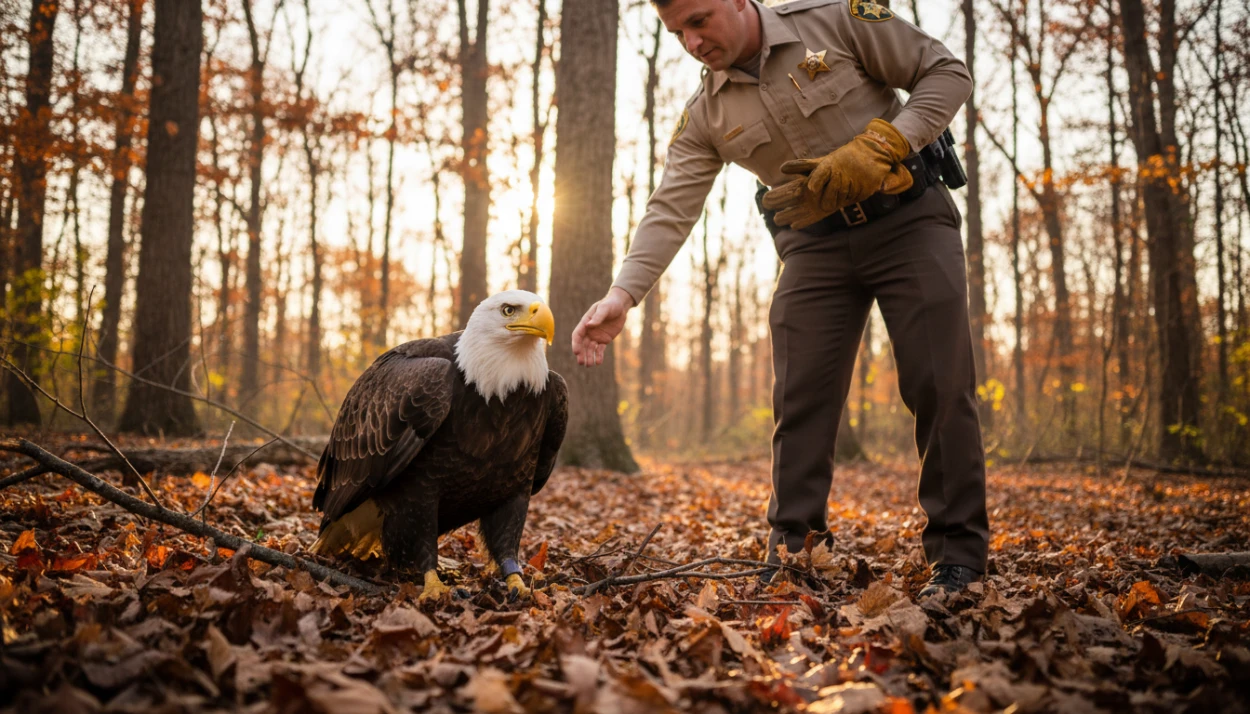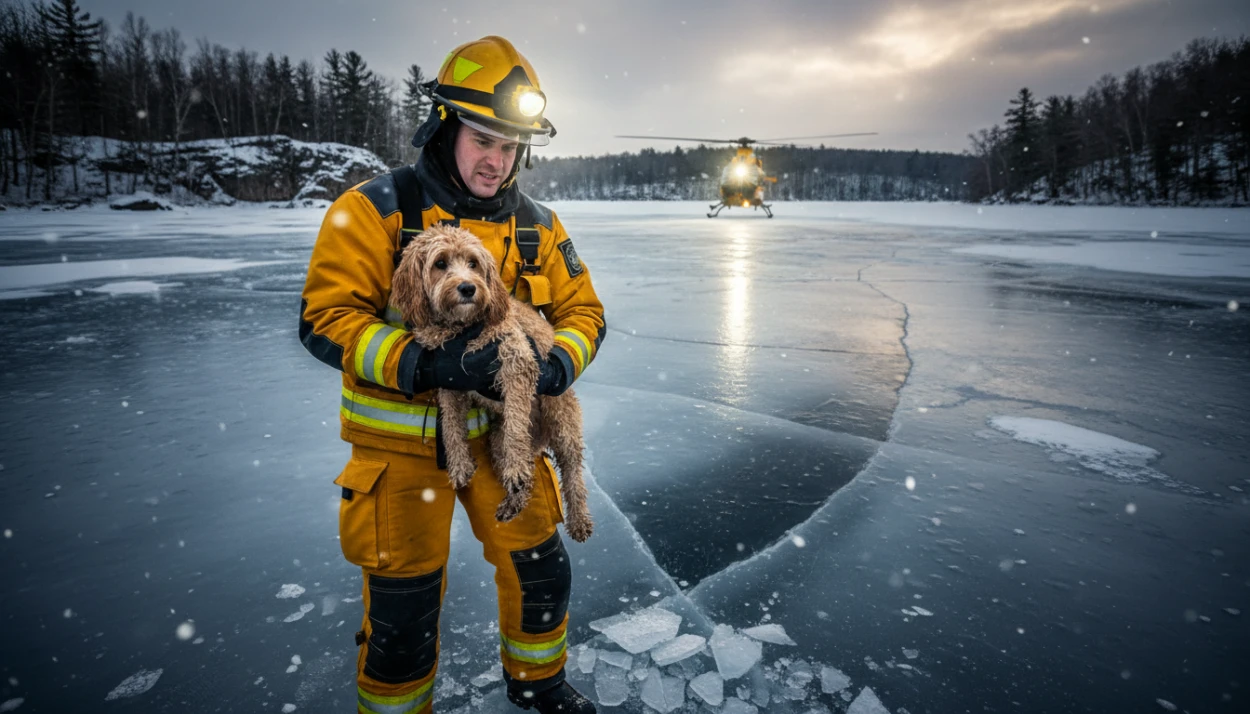Dogs are man's best friend, but their sharp teeth and strong bite force can cause significant harm when used aggressively. Bite force is the pressure that a dog's jaws can exert and is usually measured in pounds per square inch (PSI). Some dog breeds have incredibly strong bite forces, and it's essential to understand which ones they are to avoid potential harm. In this article, we'll discuss which dogs have the strongest bite force and the reasons behind their jaw strength.
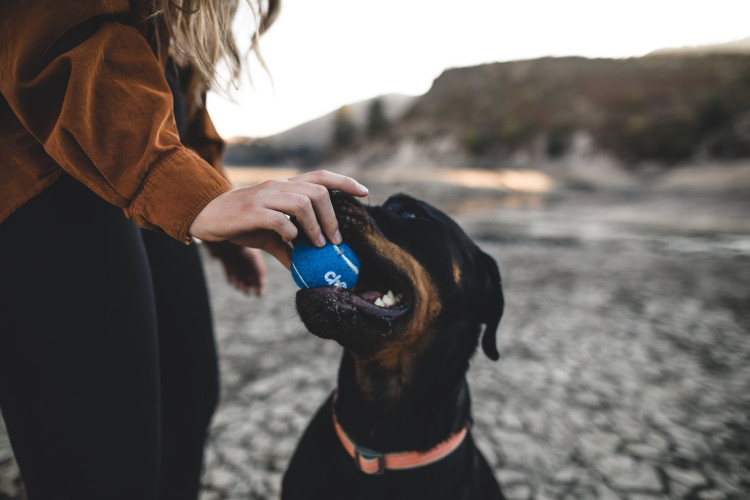
Table of Contents
- Introduction
- What is Bite Force?
- How is Bite Force Measured?
- Dogs with the Strongest Bite Force
- The Bite Force of Other Popular Dog Breeds
- Factors That Affect Bite Force
- Myths About Dog Bite Force
- Safety Precautions When Dealing with Dogs
- Conclusion
- FAQs
Introduction
Dog bite force is an important factor to consider when choosing a dog breed to own or when dealing with unfamiliar dogs. It's crucial to know which breeds have the strongest bite force and understand how it can impact the dog's behavior. This knowledge can help you make informed decisions and protect yourself and others from potential harm.
What is Bite Force?
Bite force refers to the amount of pressure that a dog's jaws can exert when biting down. It's measured in pounds per square inch (PSI), and it varies depending on the dog breed, size, and age. The average dog's bite force ranges between 150 and 200 PSI, but some breeds have significantly higher bite forces.
How is Bite Force Measured?
Bite force is measured using a device called a bite gauge. The gauge is placed between the dog's teeth and measures the amount of pressure that the dog exerts when biting down. The PSI reading is then recorded and used to compare the bite force of different dog breeds.
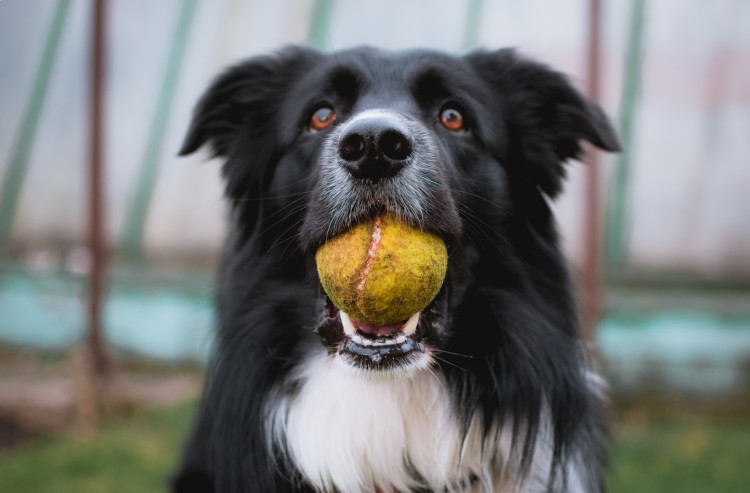
Dogs with the Strongest Bite Force
Some dog breeds are known for their exceptionally strong bite force. These breeds include:
1. Kangal
The Kangal is a large, powerful dog breed originally from Turkey. They are bred to protect livestock and are known for their strength, courage, and loyalty. Kangals have a bite force of up to 743 PSI, making them the breed with the strongest bite force in the world.
2. Rottweiler
Rottweilers are a popular dog breed known for their loyalty and protective nature. They have a bite force of up to 328 PSI, making them one of the dog breeds with the strongest bite force.
3. American Pit Bull Terrier
The American Pit Bull Terrier is a breed that is often misunderstood and stereotyped as aggressive. However, they are loyal, intelligent, and protective of their owners. American Pit Bull Terriers have a bite force of up to 235 PSI.
4. Cane Corso
The Cane Corso is an Italian dog breed known for its strength, loyalty, and intelligence. They have a bite force of up to 700 PSI, making them one of the strongest dog breeds.
5. Dogue de Bordeaux
The Dogue de Bordeaux, also known as the French Mastiff, is a large dog breed originally from France. They have a bite force of up to 556 PSI, making them one of the dog breeds with the strongest bite force.
The Bite Force of Other Popular Dog Breeds
Other popular dog breeds and their average bite force include:
- German Shepherd: 238 PSI
- Siberian Husky: 320 PSI
- Boxer: 230 PSI
- Golden Retriever: 190 PSI
- Labrador Retriever: 230 PSI
Factors That Affect Bite Force
Bite force is influenced by several factors, including the size and shape of the dog's head, the size and shape of their teeth, and the strength of their jaw muscles. Larger dogs generally have a stronger bite force than smaller dogs because they have larger heads, teeth, and jaw muscles. The shape of a dog's head also affects its bite force, with breeds that have wider heads and larger jaws having a stronger bite force.
Myths About Dog Bite Force
There are several myths about dog bite force that are not entirely accurate. One of the most common misconceptions is that all aggressive dogs have a strong bite force. However, some aggressive dogs have a weaker bite force than non-aggressive dogs. Another myth is that small dogs have weaker bite forces than large dogs. While this may be true in some cases, there are small dog breeds that have strong bite forces.
Safety Precautions When Dealing with Dogs
Knowing which dog breeds have the strongest bite forces is essential for protecting yourself and others when dealing with dogs. Here are some safety precautions to follow when interacting with dogs:
- Always ask the owner's permission before petting a dog.
- Approach dogs slowly and calmly, and avoid making sudden movements or loud noises.
- Never approach an unfamiliar dog that is tied up or in a car.
- Avoid making direct eye contact with dogs, as this can be perceived as a threat.
- Teach children how to interact with dogs safely and supervise them when they are around dogs.
- If a dog seems aggressive, stay still, and avoid making eye contact until the dog loses interest.
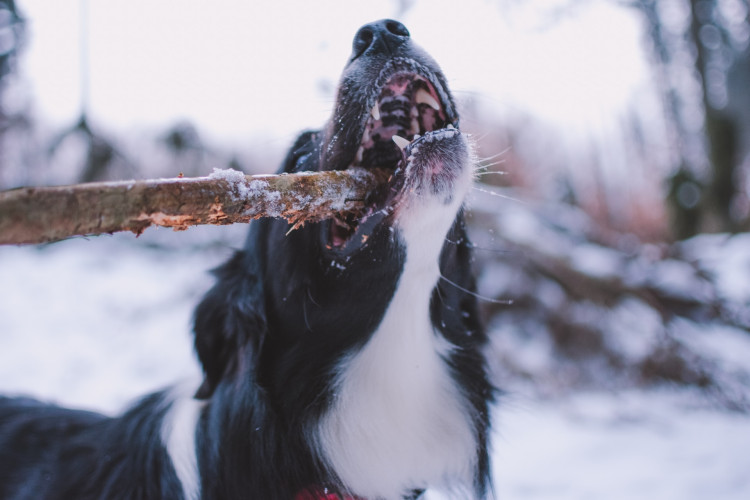
Conclusion
In summary, some dog breeds have stronger bite forces than others, with Kangal having the strongest bite force of up to 743 PSI. Other breeds known for their strong bite forces include Rottweilers, American Pit Bull Terriers, Cane Corso, and Dogue de Bordeaux. Bite force is influenced by several factors, including the size and shape of a dog's head, teeth, and jaw muscles. It's crucial to follow safety precautions when interacting with dogs, especially those that are unfamiliar or known to have strong bite forces.
FAQs
Can a dog's bite force be trained or improved? No, a dog's bite force is primarily determined by their genetics and cannot be trained or improved significantly.
Are small dogs less dangerous than large dogs? While small dogs may have weaker bite forces than larger dogs, they can still be dangerous and cause harm.
What should I do if a dog bites me? If a dog bites you, seek medical attention immediately and report the incident to the authorities.
Can a dog's bite force be used for good purposes? Yes, some dog breeds with strong bite forces are used in law enforcement and military operations.
Is it safe to approach a dog that is growling or barking? No, it's not safe to approach a dog that is growling or barking as it may perceive you as a threat and attack.






